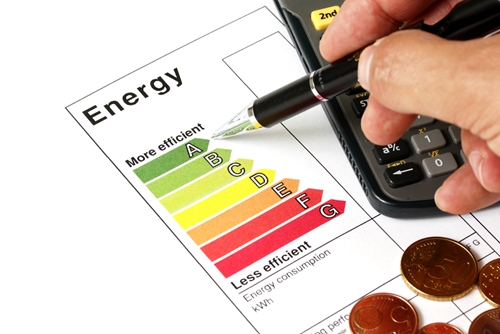New technology, such as window films and low-e coatings, has helped buildings improve their energy efficiency, reports Facilities Net.
Realizing the impact that a building’s orientation, with respect to the sun, has on the degree of light it transmits, architects and designers have factored this into their construction of new facilities. They will sometimes even choose different glass tints for different sides of the building. In the past, clear glass windows alone transmitted a significant amount of heat into facilities. However, Bradley Carmichael, a project engineer with Hoffman Architects, notes that architects and designers increasingly are using retrofit solutions, including window films, which limit the amount of heat that the building transmits.
One window film technology that increases energy efficiency are “low-e” or low emissivity coatings. Metallic materials that reflect infrared light, low-e coatings serve the dual purpose of retaining heat within a building during the winter and reflecting it during the summer, explains Ray McGowan, senior program manager with the National Fenestration Rating Council (NFRC). In this way, the window becomes “a more effective insulator. At the same time, the coatings allow a reasonable amount of light through,” Facilities Net reports.
In addition to window film glass and low-e coatings, there are additional factors that influence window systems’ energy efficiency and clients’ choice in films. One of the most important factors is climate. In cooler climates, modest heat gain may, in fact, be beneficial as it would reduce the overall amount of energy needed to heat the building.
Absorbing heat and cutting energy costs are just a couple of the benefits of window films. Explore our website, and contact us at 248-364-6667, to learn more about your commercial window film options.

